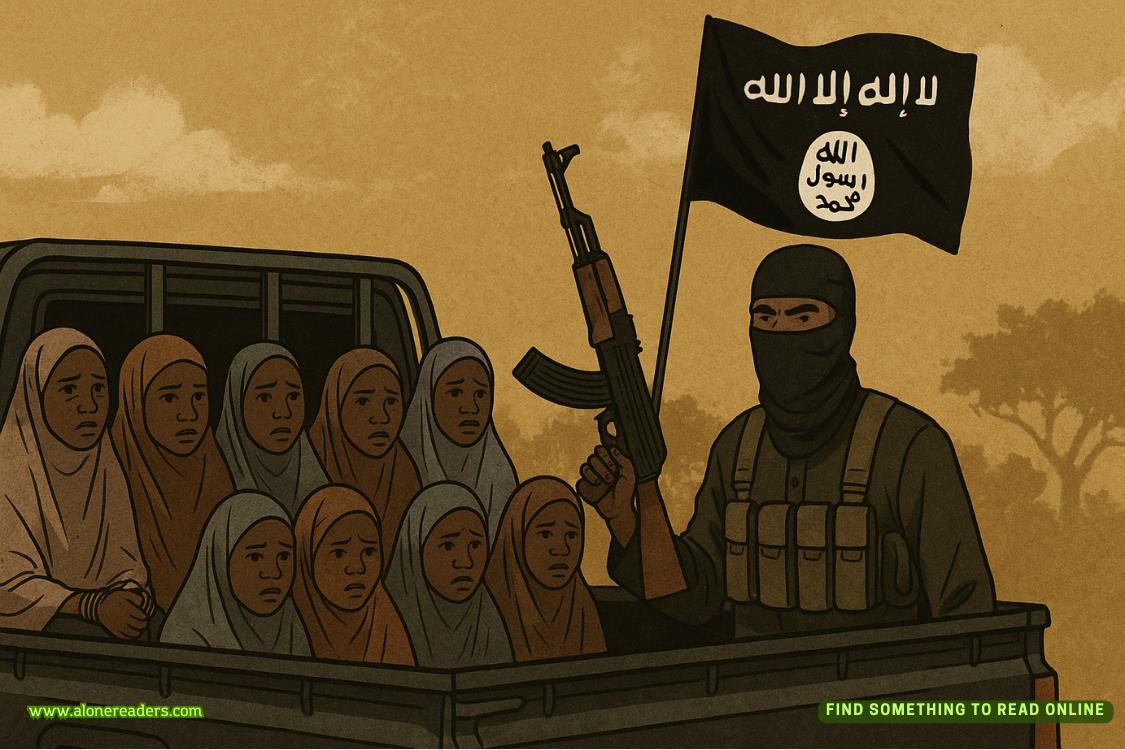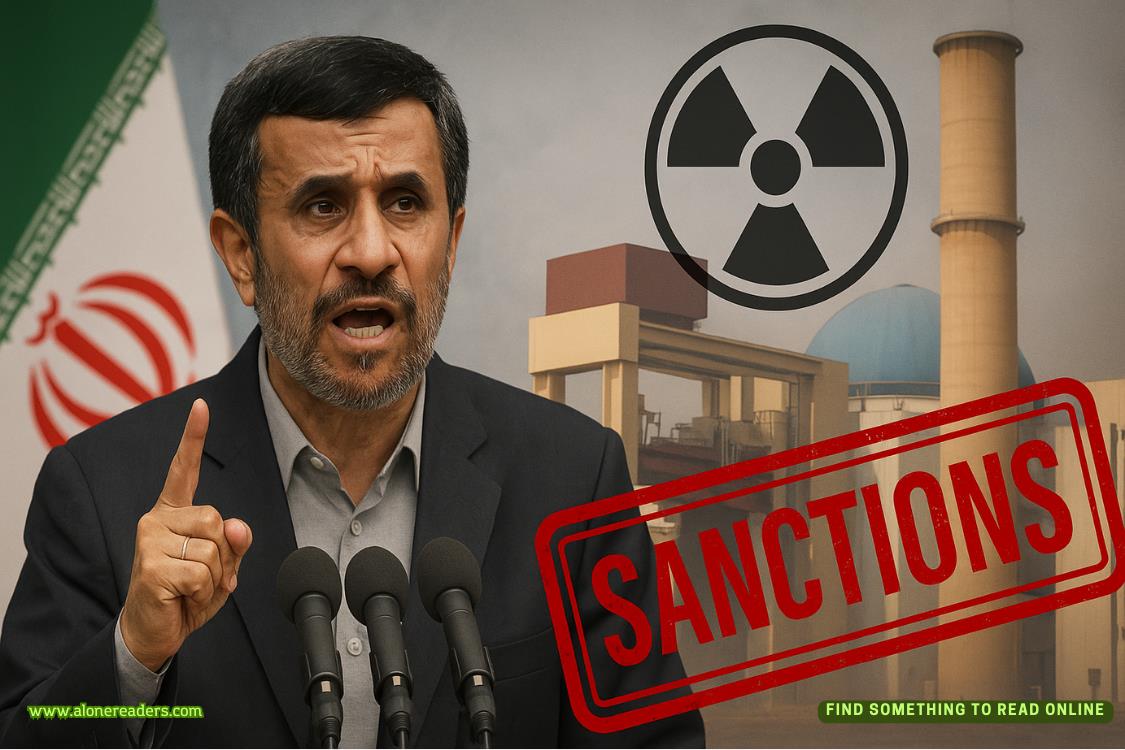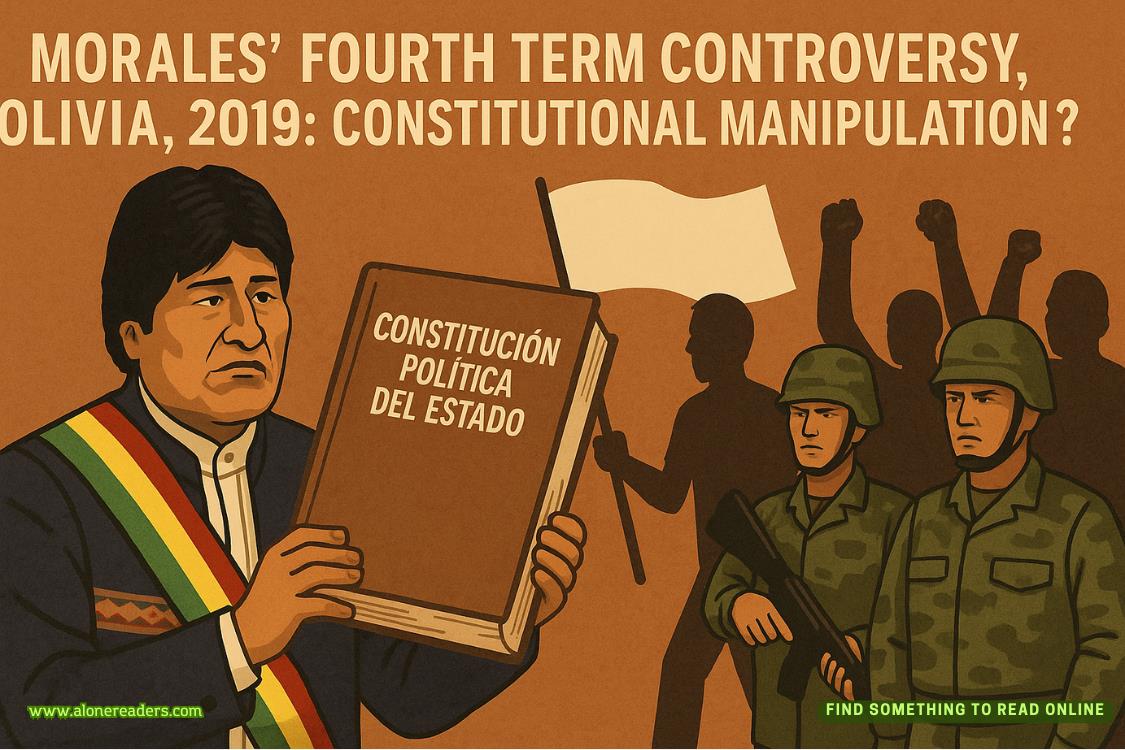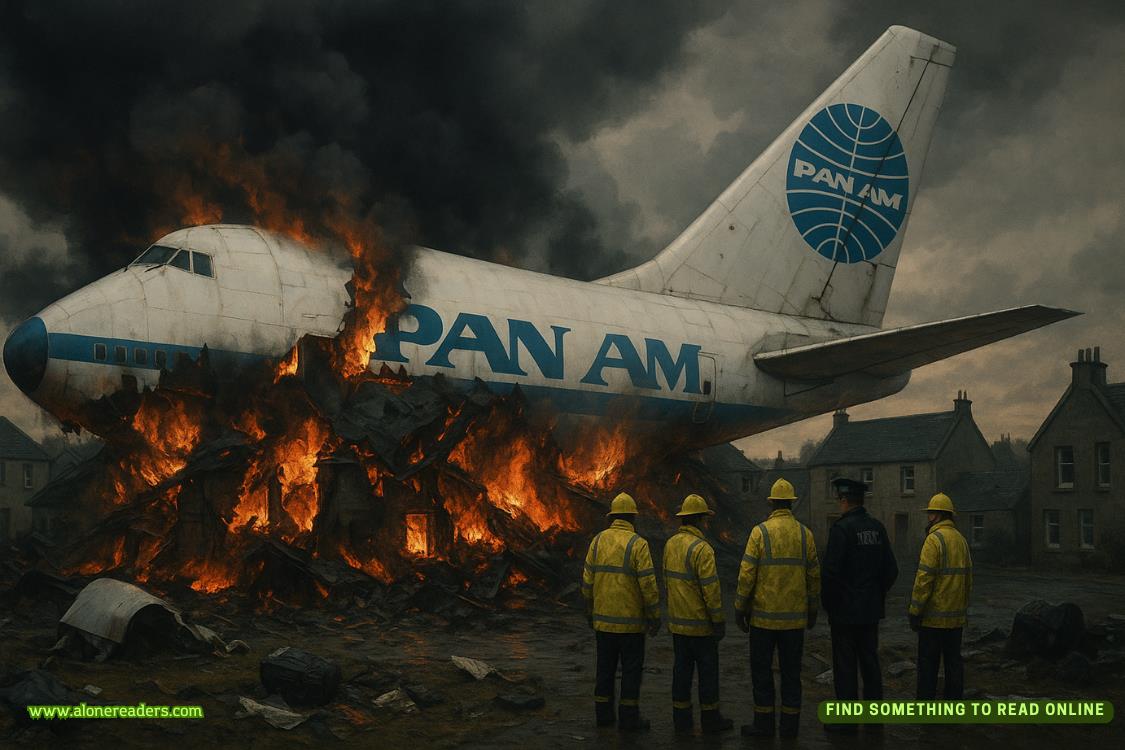Page 1 of Stolen By The Bratva King
1
Emery
Ilike my coffee with cream and brown sugar, not stone-cold and bitter. I’ve heated it twice already; a brief break to drink it is too much to ask.
I’m sixteen hours into my shift, a stretch even by my standards, and the fatigue is a steady thrum behind my eyes.
I’ve told two families that their loved ones passed away, changed my blood-soaked clothes three times, and completed four rounds of emergency surgery.
With no end in sight, I’m reduced to slugging a cold latte, hoping the caffeine will drag me through for another couple of hours.
I’m dedicated, but that’s not the only reason I work so hard. The truth is, I’d rather be anywhere than home.
I’m a trauma doctor, attending to gunshots and crushed bones. Although I’m a first-year resident, the hospital is understaffed, so I’m often the lead in the department. It was a trial by fire, and I learned fast.
I’m rarely phased and always in control when dragging my patients back from the brink. I wish I were half as capable in my daily life as I am on a ward, but everything falls apart as soon as I hang up my scrubs.
This is why, in a few days, I will undoubtedly make the biggest mistake of my life.
A commanding voice jars me from my thoughts, cutting through the usual cacophony.
“Let me through, dammit. This kid is dying.”
I freeze mid-sip, my misery and exhaustion momentarily forgotten. A tall man in a black overcoat is approaching, a small child cradled in his arms.
“Over here,” I say, dropping the cup and striding forward.
The child is no older than six, gaunt with hollowed cheeks, his thin chest barely rising and falling. A pad of material stems the bleeding from a gunshot wound to his upper thigh.
“What’s his name?” I ask, my eyes meeting the stranger’s for the first time.
“I don’t know,” he replies curtly. “Questions can wait. Help him.”
So, if he’s not the father, who is he? And why did he bring the boy in?
I push the curiosity aside. There’s no time to unravel mysteries.
My friend Jess, a nurse, assists me in a quick top-to-toe assessment. There are no other injuries, but the child’s blood pressure is low, so we work quickly to set up an IV, administer fluids, and assess the wound.
When I remove the material, I realize it’s an expensive button-down white shirt. The bleeding is slowing, confirming my initial suspicion—a clean through-and-through that will be okay if we quickly patch him up.
The boy’s vitals stabilize, and I remove my stethoscope.
“He’snotdying,” I say, my tone firmer now. “Not on my watch.”
I glance back at the stranger and find him leaning against the doorframe, watching intently. But it’s not the child who has his attention—it’sme.
His chocolate-brown eyes scan my face carefully. He’s taller than I realized, at least six-three, with broad shoulders and a solid frame that exudes strength.
His coat parts slightly, and I catch a glimpse of a bare, inked chest beneath, smeared with blood. There’s red on his knuckles, too, like he’s been in a fight.
What is going on here, exactly?
I’m a doctor, for crying out loud. I’m used to tension and high stakes, but this man is like the eye of a storm—calm and still but not at all safe.
“Jess,” I say, my voice steady despite the knot tightening in my chest, “please take the patient to theater and page the anesthetist; tell him we’ll be doing deep stitches. Get a blood pack on standby, just in case. I’ll be there soon.”
Jess nods my way and wheels the boy out, leaving just me and the stranger.















